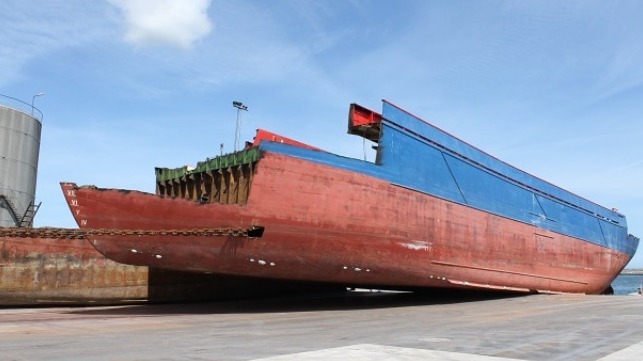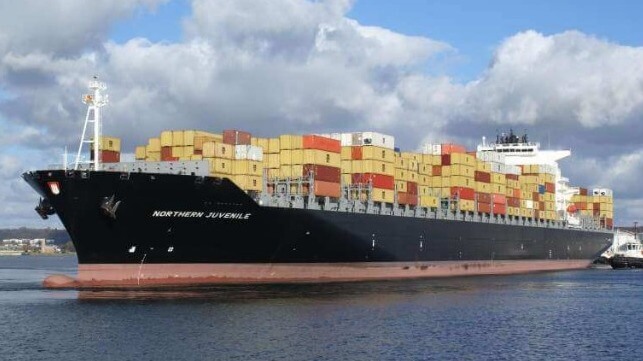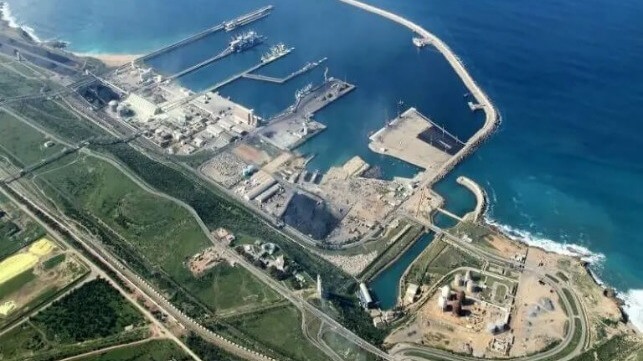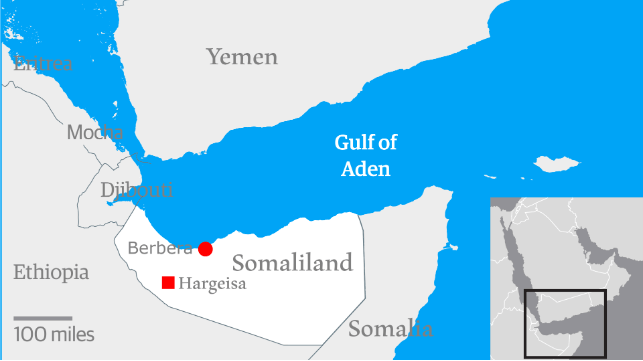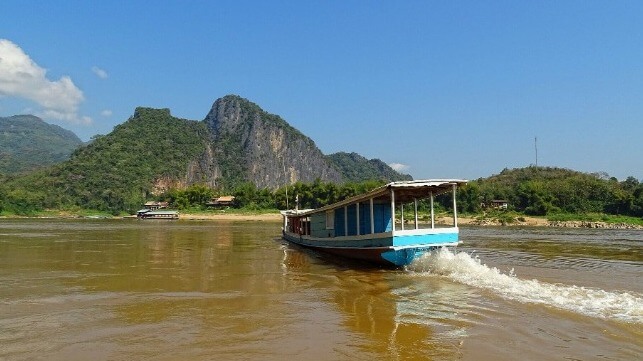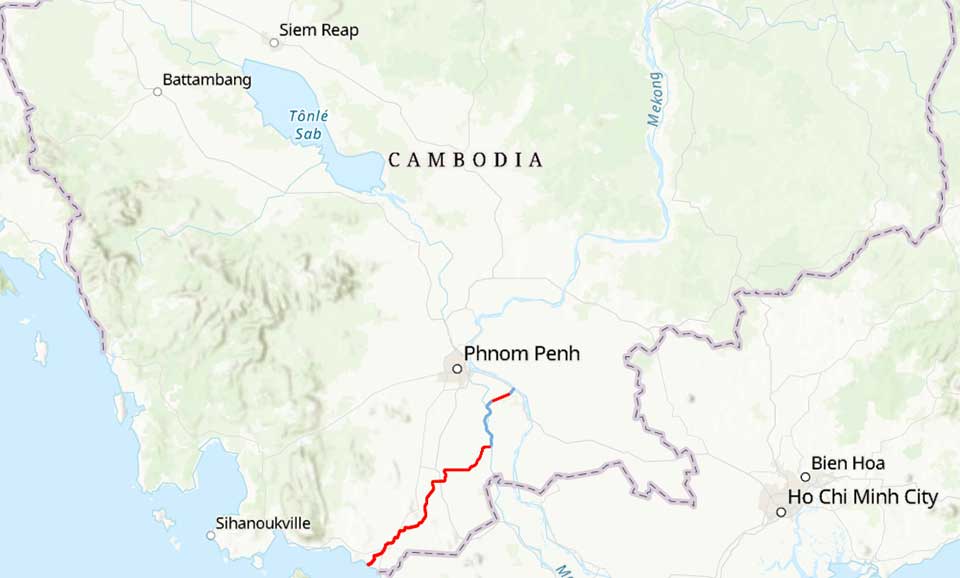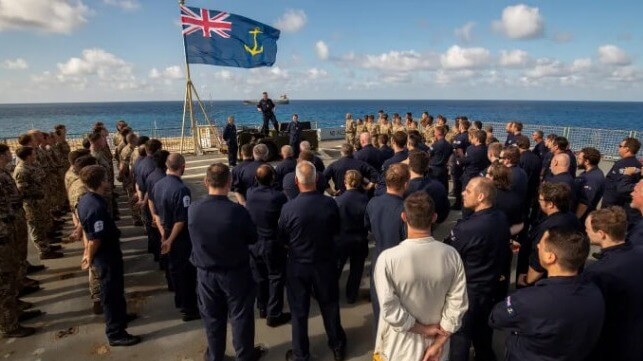Amanda Stutt | May 31, 2024 |

The Nikolai project site. Image from Alaska Energy Metals.
Alaska Energy Metals (TSXV: AEMC) last week announced its intent to acquire 100% interest in the 3,320-hectare Bambino nickel-copper- platinum group element property in Québec, expanding its footprint in the province, which has become an exploration hotbed for green energy transition metals.

The 57-claim property is directly adjacent to the company’s 100%-owned Angliers-Belleterre property in the Temiscaming Region of western Quebec. AEMC plans to begin an exploration program there, which is fully funded and will commence immediately. The program consists of approximately 4,000 soil samples, prospecting and a VTEM electromagnetic survey.
The company is also developing the Nikolai project in Alaska, where in February it boosted the known nickel resources to 8 billion lb. following an update to the NI 43-101 mineral resource estimate.
“Our Nikolai nickel project, which hosts the Eureka deposit, already contains one of the largest known nickel resources in the US. We intend to acquire Bambino so that we can further expand our contribution of nickel and other strategic metals to the rapidly growing lithium-ion battery industry and also the long-term energy storage industry in North America,” CEO Greg Beischer said in the statement.
From 2007 until last year, Beischer was CEO of Millrock Resources, a mining industry project generator. He formed Alaska Energy Metals in spring of 2023 specifically to develop the Nikolai project, based on a long history dating back to 1995, when he was an exploration geologist at Inco (Acquired by Vale in 2006).
With the Québec land package, Beischer saw similarities to Nikolai’s geology in an area he became familiar with in the 90s, also searching for nickel for Inco.
“We discovered it based on a pure conceptual target at the time, but it wasn’t rich enough for Inco back in the 90s,” Beischer said in an interview. “We drilled thousands of metres of disseminated nickel sulphide that today may very well be an economic ore body of large proportion.”
Beischer said there are about seven companies in North America that are working on similar projects — bulk tonnage disseminated nickel deposits.
“It’s lower grade than historically has been mined, but I think these are literally the next generation of nickel deposits to be mined in the future because It’s just so rare and difficult to find high grade massive sulphide nickel deposits,” he said.
Beischer pointed out the last truly globally significant mass of sulphide nickel deposit discovered on Earth was the Boise Bay deposit in Labrador — and that was 30 years ago.
“They’re really rare. In the face of huge demand, then, the industry will migrate to mining bulk tonnage disseminated nickel just the same way our industry migrated to mining porphyry copper deposits 50 or 60 years ago,” he predicted.
“Before that it was only high-grade deposits of copper that we mined, then we realised well there there’s these huge bodies of rock with lightly disseminated copper sulphides spread over this large volume, but we can mine these large volumes through an economy of scale and make a lot of money,” Beischer said. “And now, 50 years later, that’s where almost all of our copper comes from, and I think the same thing will happen with nickel.”
In the late mid 90s, Inco had recognised from a high level that the Nikolai project had similarities to the Nurilsk area of Russia, which is the largest accumulation of nickel sulphide on earth, he noted.
At Nikolai, the company has a five-year exploration permit that allows drilling anywhere on the project, but is still years away from mine design.
“We’ve identified that there’s a very a higher-grade core to the deposit that would be mined early with zero strip ratio. So that should really help with the early term economics. I think we’ve made an excellent discovery here. We’re in in really good shape.”
Though the nickel price has been in a slump over the last year due to a surge in Indonesian supplies, Beischer is not daunted and said the demand projections are very strong. But he is concerned about the lags in response times for mine permitting in the long run up to mine construction in the US.
Securing a permit in Canada for mine development is significantly faster than in the US. It takes roughly two years, as opposed to seven in the US.
US disconnect
“There’s a disconnect at the federal government — they really are pushing electrification of our society, but they’re not pushing development,” Beischer pointed out. “The country’s vulnerable, I think it’s at risk for supply chain disruption and disruption to a smooth expansion into a more electrified society.”
Beischer said putting some solid sideboards on timelines for when permitting applications are made and times for the permitting agencies to respond could help.
“There’s such a political slant to the permitting process. Politics can really affect the science and engineering of the American permitting process. I think that’s wrong. I think the project should be evaluated strictly on a science and engineering basis, not on a political basis,” he said.
“The American Federal government is really pushing hard for the development of electric vehicles, electrification of our society generally, and that’s going to take a lot of metal, but there doesn’t seem to be the same will within the same administration to develop mineral resources within America.”
Beischer also pointed out the United States is vulnerable to being cut off from metal supplies from abroad.
“We should be developing our own resources here. The federal government is putting up money to assist, but they’re not making it easy from a permitting standpoint. There’s a bit of a disconnect there. When a project is proposed, we see if there’s a way we could make this project work that is acceptable to the environment and to the people in view of the economic benefits that result,” he said.
“But I don’t get that same feeling from our federal regulators. It’s more of — ‘is there a way to stop your project?’ The agencies just don’t move quickly enough, and there’s no timelines for response on their part, so it keeps slipping year after year and it probably takes twice as long to permit an operation in the United States as compared to Canada, even though the process is quite similar.
“The system we have just needs to move quicker, especially if there’s an urgent requirement to electrify our society — then the permitting agencies should have that same level of urgency.”


